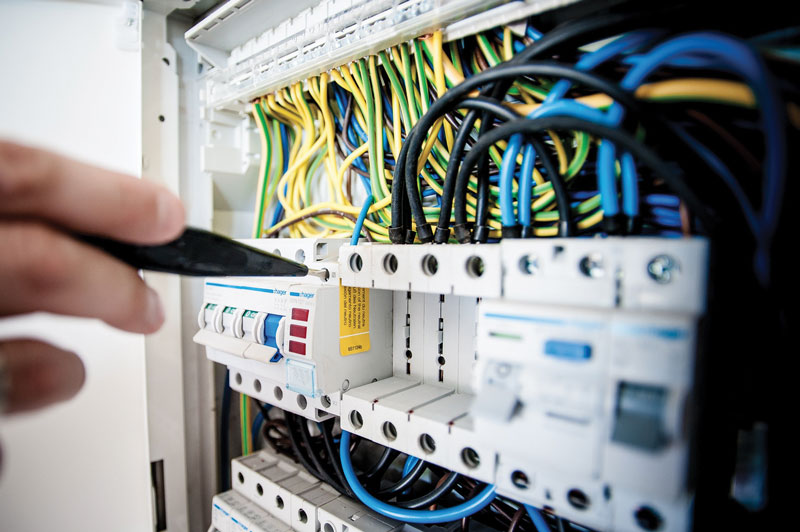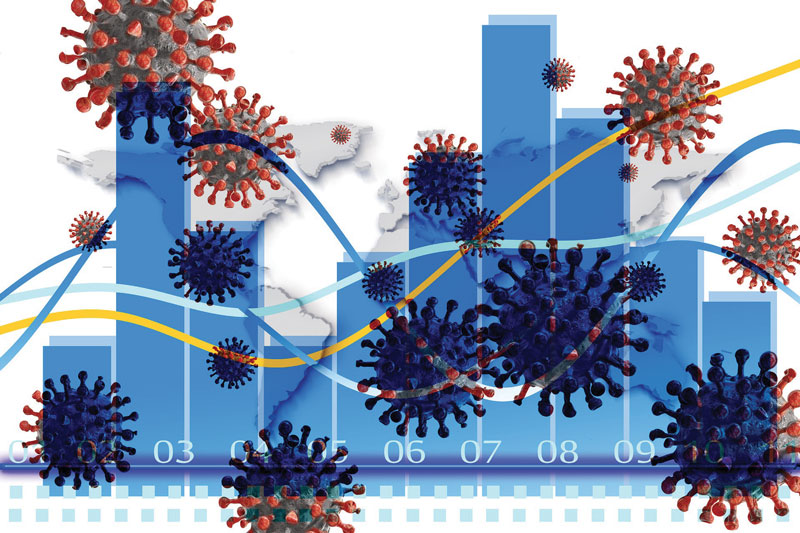SAILP Market Situation and Prospects
Companies show a slightly better growth with respect to the general economic situation, and asset stability is confirmed: this is what emerges from the 2020 edition of the Observatory on National Market Trends in the SAILP sector
Thanks to the partnership between G.I.S.I., IRCrES-CNR and Cogent, the 2020 edition of the Observatory on National Market Trends in the SAILP (Industrial, Process, Laboratory, Production and Public Infrastructure Automation and Instrumentation) sector has recently been published. The research report examines a sector with a high strategic content for our economy, because the segment shows a high level of innovation which favours the increase of efficiency and productivity in the whole economic system.

The effects of the pandemic
While research was underway, the outbreak of the Covid-19 pandemic required drastic lockdown measures, which actually stopped production activities for two months, triggering a severe economic crisis. The deceleration of contagion growth allowed for a gradual recovery in production, albeit with important limitations. Governments around the world are trying to stem this negative contingency with massive financial and employment support interventions, but the situation has undermined financially less solid companies, and there are many who have expressed doubts about their reopening. The “sentiment” of entrepreneurs and management is not uniform. For some, the impact of Covid-19 will be modest, at least in the short to medium term; for most respondents, however, companies will have to adapt to new scenarios and new organizational and management models. In order to maintain operations, many companies have already modified their organization, with new forms of telework which in many cases could become structural. Technology has been of great assistance and the companies in the SAILP sector, long devoted to the development of automation, envisage a less pessimistic future compared to other sectors. In this context, the balance sheets for the period 2016-2018 of 260 companies with a turnover of less than 50 million euros have been collected. The survey was completed with the collection of sales data for the first four months of 2020 and a forecast at the end of the year, in order to provide as realistic a view as possible of the individual families of equipment sold in Italy, and to be able to assess for each of them the size of the national market in economic terms (turnover), sales channels and main outlet markets.
The first four months of 2020
The companies interviewed were also asked to provide an initial assessment of the progress of their orders in the first four months of 2020. The indications which emerged appear to be basically aligned with the data and forecasts at macroeconomic level. From the data collected, for the months of January and February, stability/light growth in the market was estimated compared to the same period of the previous year. The month of March, with the start of the lockdown, recorded an overall drop in orders estimated at around 5-10%. The decrease in orders, according to the companies interviewed, was even more pronounced in April, when there were negative peaks of 30-40%. In May, with the gradual reopening of production activities, there was a deceleration in the negative trend, with an expected decrease of around 15%. Moving on to a forecast for the entire year 2020, most of the companies interviewed predict an overall decline in orders estimated at around 5-10%.

The macroeconomic context
The indications emerging from the survey must be interpreted considering the macroeconomic context in which companies operate. In particular, the Covid-19 pandemic and the consequent containment measures have led to strong contractions in production activity in all countries. According to the estimates of the International Monetary Fund, world GDP will fall by 4.9% in 2020, a decidedly worse scenario compared to the 2008 crisis, which recorded a contraction in world GDP of 0.1%.
Within the euro area, GDP will fall by 10.2% in 2020 and then rise by 6.0% in 2021. For the first quarter of 2020, ISTAT estimates a drop in GDP of 5.3%, a drop such as had not been recorded since the first quarter of 1995. All the main components of domestic demand decreased, with a 5.1% drop in final consumption and an 8.1% drop in gross fixed investments. Also according to ISTAT, in April there were strong declines in almost all sectors.
The decrease was less marked for energy (-14%), while it was very strong for capital goods (-51.5%), intermediate goods (-46%) and consumer goods (-39.8%).
Forecasts: the two scenarios envisaged
All the main sectors registered a negative trend. The most marked declines were in the textile and clothing industry (-80.5%), transport manufacturing (-74%) and plastics (-56.3%). The only sector showing slight growth was pharmaceuticals (+2%), while the food sector remained essentially stable (-0.1%). With regard to the coming months, based on projections made by the Bank of Italy, two scenarios can be assumed. The first forecasts a contraction in GDP in Italy of 9.2%, followed by a gradual recovery over the next two years (4.8% in 2021 and 2.5% in 2022).
In the second scenario, which is more pessimistic, the forecasts take into account the developments which could occur as a result of the continuation of the epidemic or the need to combat new outbreaks, but also of more significant falls in world trade and a further deterioration in financial conditions. Under this scenario, GDP in 2020 would fall by 13.1% and then increase in 2021 (+3.5%) and 2022 (+2.7%).
Conclusion
During the period considered, the performance of SAILP companies shows a moderately better growth with respect to the general economic situation, also thanks to a good dynamics of innovative investments, favored by the strong financial structure which allows to take advantage of the opportunities offered by the growth in demand. The study confirms the capital stability of companies as a whole.

